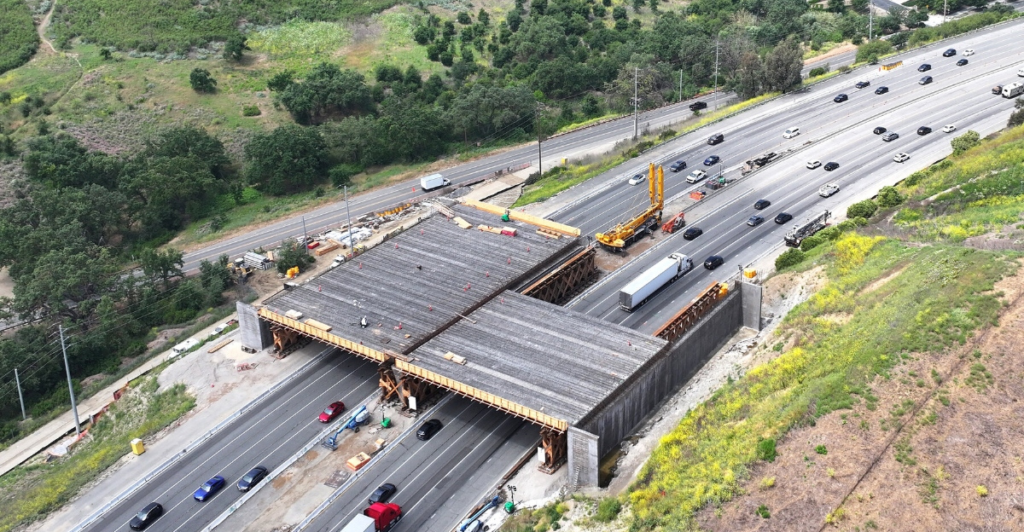
The Wallis Annenberg Wildlife Crossing represents a groundbreaking innovation in wildlife conservation and urban planning. When completed in 2026, it is expected to be the largest wildlife crossing in the world. This $90 million project will connect 10 lanes of the 101 Freeway in Agoura Hills, California.
This crossing is intended to reconnect fragmented habitats in the Santa Monica Mountains and Simi Hills. It will provide a safe passage for species such as mountain lions, bobcats, and deer.
The project, a collaboration between Caltrans, the National Wildlife Federation (NWF), and other stakeholders, demonstrates how collaborative efforts can address ecological challenges while making the road safer for humans and animals.
Wildlife Crossings
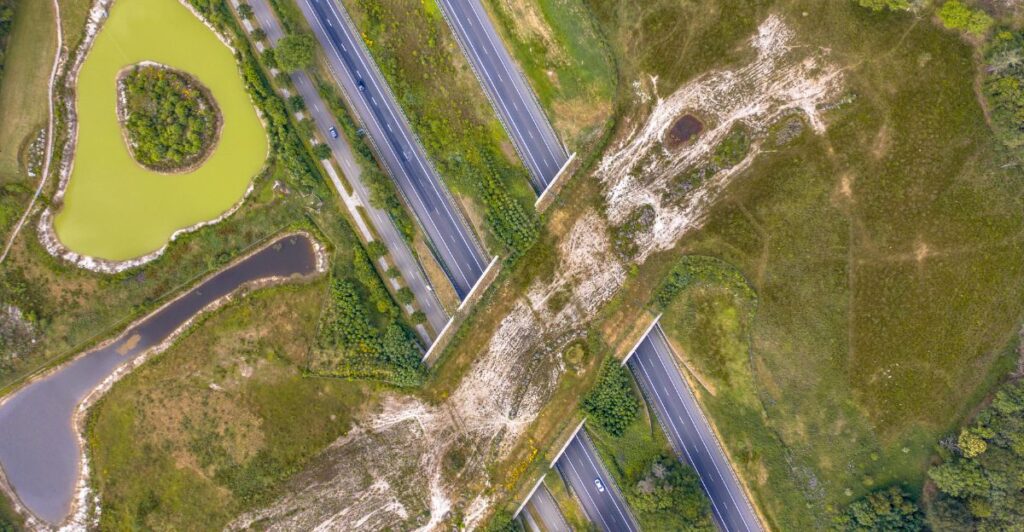
Such crossings were needed after decades of research revealed the devastating impacts of habitat fragmentation caused by highways. Research from the National Park Service found that roads not only isolate wildlife populations and diminish genetic diversity — threatening species such as the mountain lion with extinction — but also lead to ongoing mortality and habitat loss.
The plan for the Wallis Annenberg Wildlife Crossing was announced in 2015, but funding challenges impeded its development. Thanks to a $1 million challenge grant from the Annenberg Foundation in 2016 and donations from more than 3,000 individuals and organizations around the globe, construction officially began on Earth Day 2022.
Ecological Significance
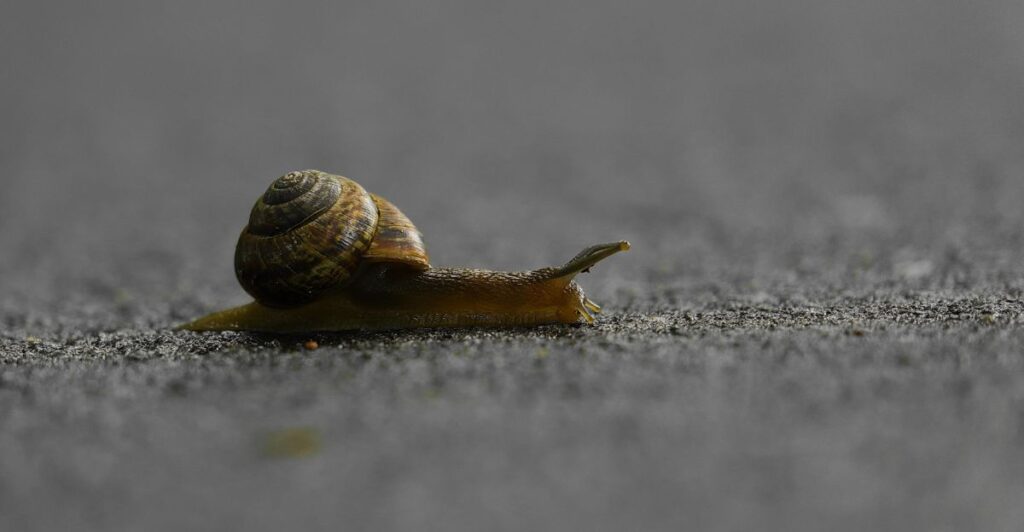
Habitat loss and fragmentation are significant global concerns, as highways disrupt ecosystems and isolate species. About 365 million vertebrates die on roads in the U.S. each year.
This crossing would provide relief from these impacts by re-establishing connections between biodiversity hotspots. As it combines ecosystems, it will also improve genetic diversity and additional climate adaptability. Additionally, it will help reduce human-wildlife collisions, which are responsible for over 200 deaths and $8 billion in damages annually in the US.
Engineering Marvel
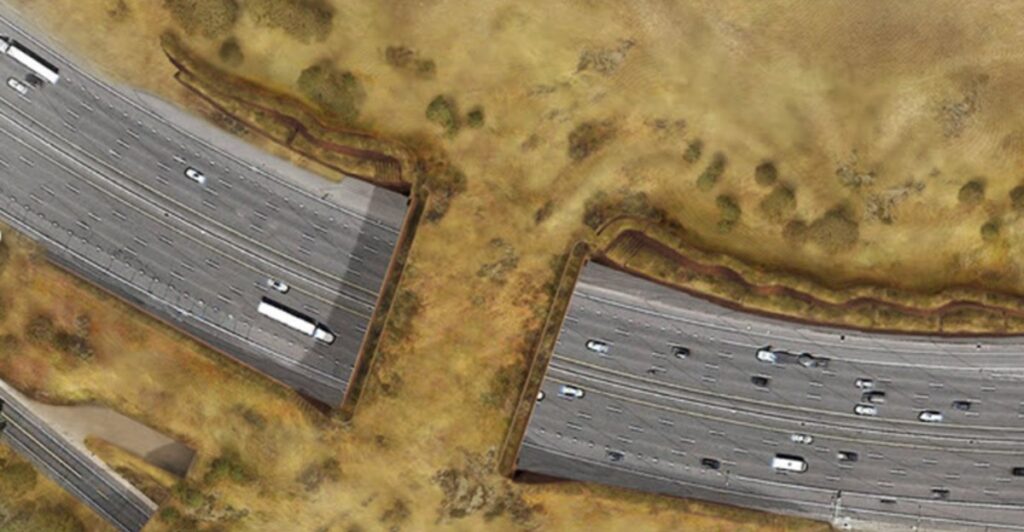
The Wallis Annenberg Wildlife Crossing is a marvel of engineering. At 210 feet long and 174 feet wide, it will include almost an acre of native vegetation on its structure.
The design features four feet of soil depth for plant growth and irrigation systems that can be activated in times of drought. The bridge’s construction involves a series of structural elements, including its 82 concrete girders, each weighing up to 140 tons. It offers a remarkable example of how modern engineering can seamlessly coexist with ecological ambitions.
Restoring Biodiversity
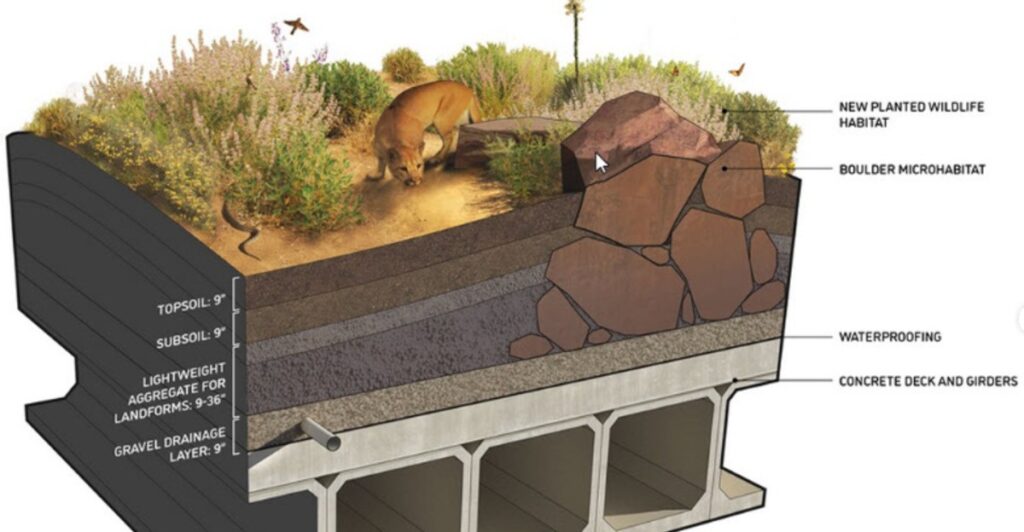
The Wallis Annenberg Wildlife Crossing is more than just a bridge; it is the cornerstone of a comprehensive ecological restoration plan covering 12 acres. Its design emphasizes the reintroduction of native vegetation to provide a rich ecosystem for animals, including mountain lions, bobcats, monarch butterflies, and desert cottontails.
For the past three years, a dedicated nursery has been harvesting more than one million seeds from more than 50 native plant species of the Santa Monica Mountains. Species like coast live oak, valley oak, California buckwheat, and flowering penstemon will be used to replicate the natural ecosystem.
By removing invasive vegetation and replacing it with fire-resistant native plants, this restoration effort will promote both biodiversity and reduce fire risk in the region.
Global Leadership
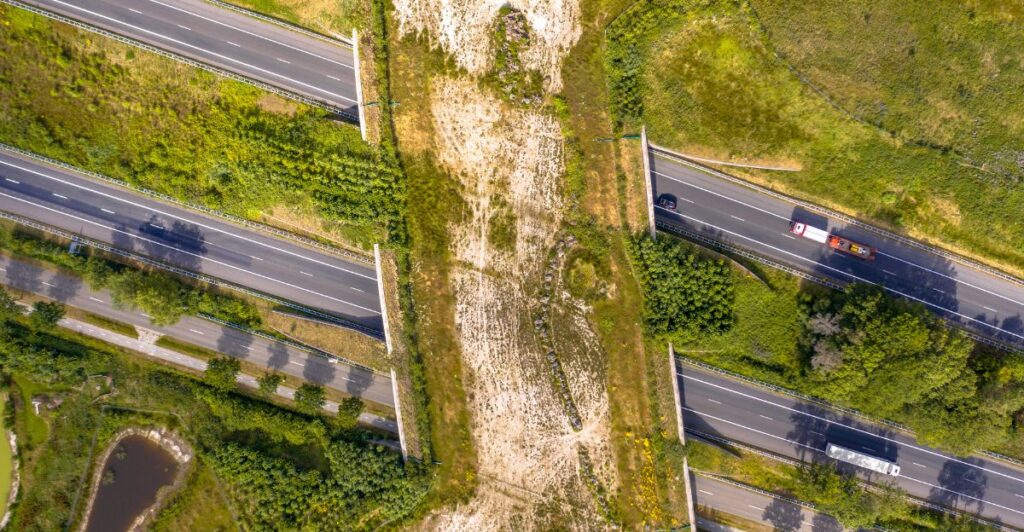
Though wildlife crossings are found in countries including Canada and the Netherlands, the Wallis Annenberg Wildlife Crossing establishes a new global standard, both in size and ecological ambition.
It surpasses Canada’s Banff National Park crossings and the Natuurbrug Zanderij Crailoo in the Netherlands in size and complexity. One area in which the U.S. has lagged is ecological infrastructure, but the project puts it at the forefront of urban wildlife conservation.
Integrating advanced engineering with ecological principles constitutes a statement about how developed countries can tackle biodiversity loss without renouncing urban development.
The crossing is expected to inspire similar projects worldwide, affirming the belief that infrastructure can coexist alongside environmental stewardship on an unprecedented scale.
Community Impact
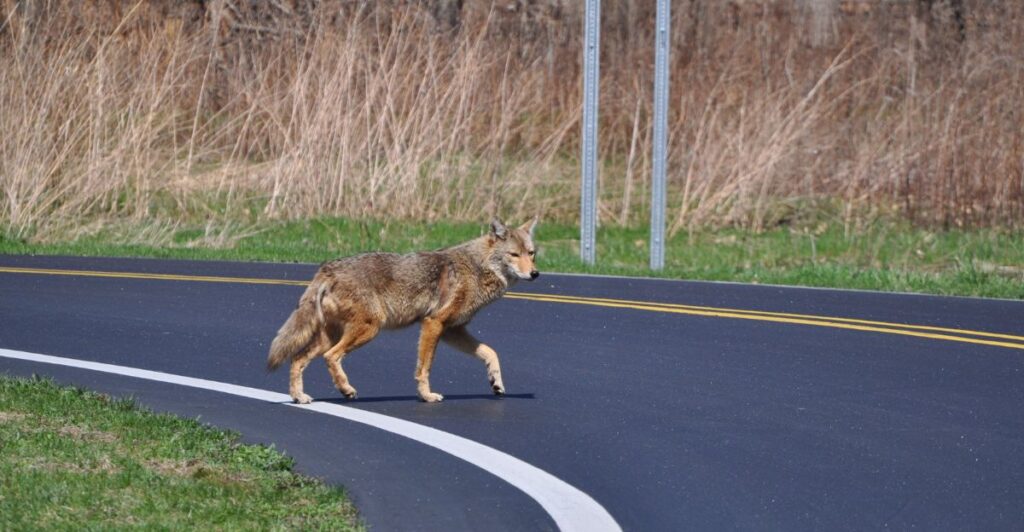
The crossing impacts go beyond just wildlife conservation; it serves local communities by decreasing vehicle-wildlife collisions, which cost the U.S. $8 billion per year in damages and result in more than 200 human fatalities annually.
Giving animals a safe place to cross decreases dangerous incidents while also decreasing insurance costs and medical expenses for residents. It has also provided jobs for engineers, biologists, soil scientists, and mycologists, boosting local economies.
Its educational importance is equally essential—it is a model for the cohabitation of urban populations and the natural world. Community members can take pride in participating in an initiative that balances environmental preservation with human safety and economic growth.
Challenges and Innovations
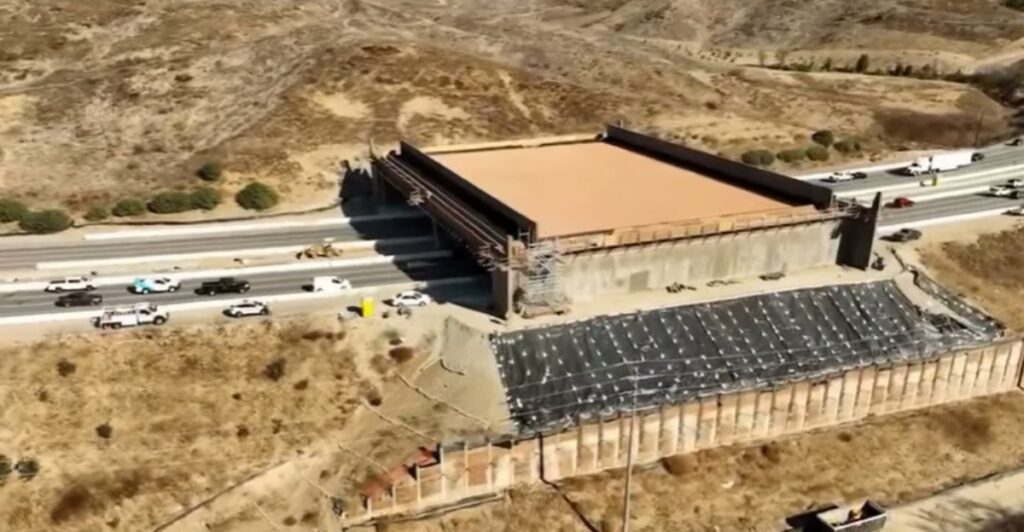
Constructing the world’s largest wildlife crossing presents formidable challenges, including the need to raise hundreds of millions of dollars, and the inherent logistical complexities of building over a busy freeway.
To raise $90 million, innovative public-private partnerships with organizations such as Caltrans and NWF and private donors like the Annenberg Foundation were necessary.
Construction schedules were meticulously organized to avoid impacting traffic by doing the work in off-peak hours. Engineers have also developed sophisticated irrigation systems to help vegetation flourish despite California’s drought conditions.
These challenges have been met with innovative responses and solutions that demonstrate how, with collaborative innovation and a commitment to ecological integrity, infrastructure projects can overcome obstacles despite challenges.
Future Implications
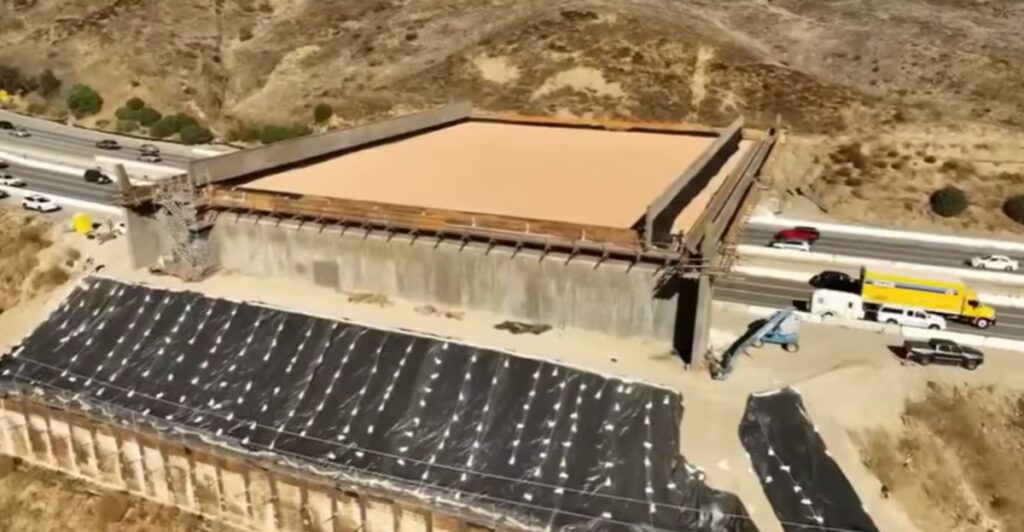
The Wallis Annenberg Wildlife Crossing could set a precedent for urban planning worldwide by demonstrating that large-scale infrastructure can accommodate and integrate biodiversity conservation. As Urbanization accelerates worldwide, similar crossings might reduce habitat fragmentation while making roads safer for humans and animals.
If successful, the project will influence policymakers to prioritize ecological considerations in future infrastructure plans, creating a model of wildlife crossings for widespread adoption in other regions facing similar challenges.
It could also catalyze research into new technologies for preserving habitats and protecting species, ensuring that development does not come at the expense of biodiversity—an essential step for sustainable progress worldwide.
An Engineering Marvel
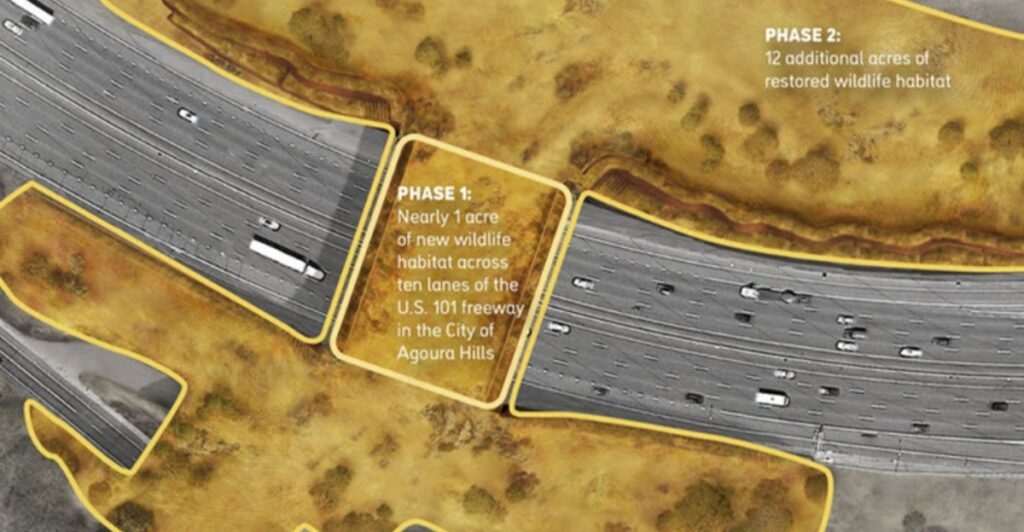
The Wallis Annenberg Wildlife Crossing is more than an engineering marvel; it is a testament to humanity’s ability to balance development with environmental preservation.
By addressing fragmenting habitats and restoring biodiversity at an unprecedented scale, it sets a powerful precedent for sustainable urbanization worldwide.
This project highlights how investment in ecological infrastructure yields benefits far beyond conservation—it improves road safety, stimulates local economies, educates communities about coexistence with nature, and inspires innovation on multiple fronts.
The success of the crossing would undoubtedly ripple through industries and countries as an example of what can happen when science, strategy, and collaboration align toward a shared vision of human-wildlife coexistence.
Explore more of our trending stories and hit Follow to keep them coming to your feed!

Don’t miss out on more stories like this! Hit the Follow button at the top of this article to stay updated with the latest news. Share your thoughts in the comments—we’d love to hear from you!







